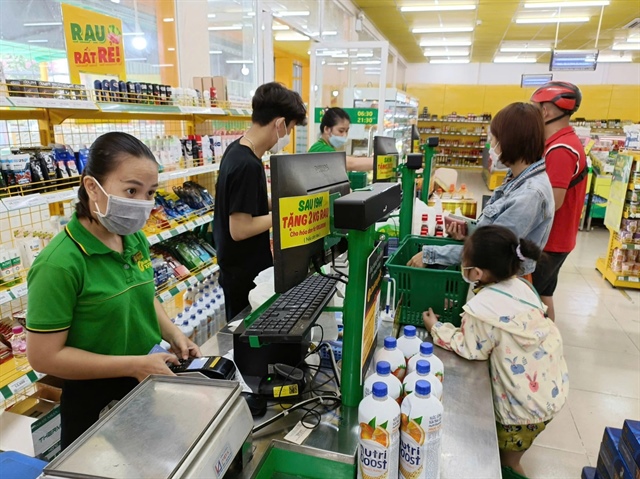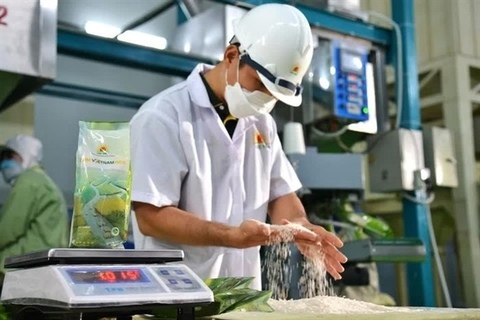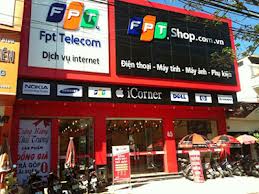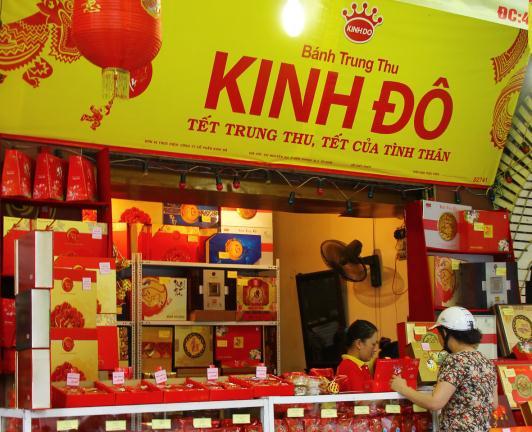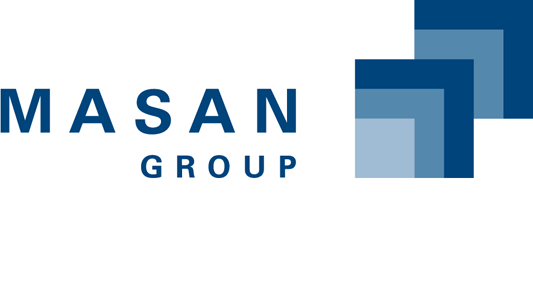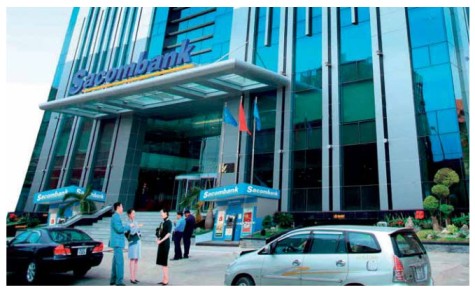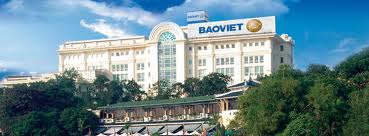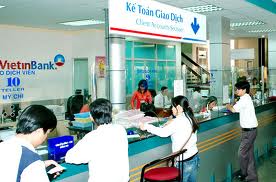Hoa Sen sees boost from TPP with Vietnam poised as ‘big winner’
Hoa Sen sees boost from TPP with Vietnam poised as ‘big winner’
Hoa Sen Group, Vietnam’s second-biggest listed steel company by market value, expects a 10-fold jump in its sales to North America within a year of any agreement on a Pacific trade accord, Chairman Le Phuoc Vu said.
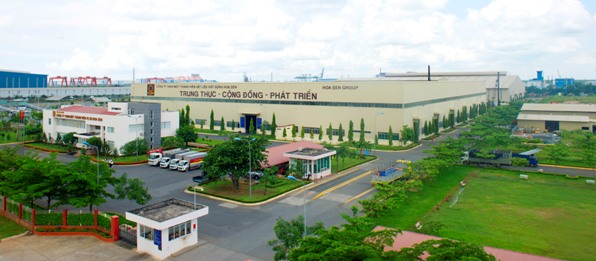
The 12 countries negotiating the Trans-Pacific Partnership are scheduled to hold a crucial round of talks next week in Singapore. Hoa Sen is hopeful that a TPP accord can be reached soon, Vu said in an interview.
“If Vietnam is successful in joining the TPP, we will have a very big opportunity,” Vu said Feb. 14 in Ho Chi Minh City, citing a potential increase in exports to markets including Mexico and Chile. “With the overall increase in export volumes to North and South America, we will be able to use full ships to carry our products, which can reduce transportation costs and increase our competitive advantage.”
Vietnam would likely be a “big winner” from a TPP accord, HSBC Holdings (HSBA) Plc said in December. While Japan and Malaysia would also benefit, “the boost is likely to be particularly large for Vietnam,” wrote Izumi Devalier, a Hong Kong-based HSBC economist, estimating a pact may provide a 10 percent boost to gross domestic product plus income from abroad by 2020.
Vietnam would be the top beneficiary of a pact, buoyed by an export boost in areas where China’s dominance is fading, a study by Peter Petri, Michael Plummer and Fan Zhai showed.
“If you think about the TPP region, Vietnam is far and away the low-wage headquarters,” said Petri, an international finance professor at Brandeis University in Waltham, Massachusetts. “Particularly to the extent that people are moving away from China, Vietnam would have very strong competitive advantages.”
Trade Hub
The TPP would give Vietnam an opportunity to become a regional trade hub, based in part on its “ideal” location on China’s southern border, according to Fred Burke, Ho Chi Minh City-based managing director of the law firm Baker & McKenzie (Vietnam) Ltd.
Meeting standards required under the TPP “will have a reputational benefit for Vietnam, and may cause some importers in the U.S. and elsewhere to think about Vietnamese companies as potential suppliers,” said Virginia Foote, the Hanoi-based chief executive of trade consultant Bay Global Strategies.
Hoa Sen expects to benefit from such a spillover effect. The company, based in the southern province of Binh Duong, expects to export at least 120,000 metric tons of steel a year to North America within a year of any agreement on the TPP, compared with less than 12,000 now, Vu said.
Garment Producers
Hoa Sen exported about 280,000 tons of steel in the year ended Sept. 30, valued at $252 million, or about 45 percent of sales, according to the company’s annual report. Exports have surged from $5 million in the year ended Sept. 30, 2009. The company’s shares have climbed 19 percent this year.
“We want to look more to the world,” Vu said. “Vietnamese businesses tend to think that they are small, but actually we are not. We can think of bigger regions.”
Vietnamese producers of garments, which made up 14 percent of total national exports in 2013, are already expanding. Bank for Investment & Development of Vietnam last month agreed to lend Vietnam National Textile & Garment Group $600 million to help build factories to boost manufacturing and export capacity ahead of the TPP, the Vietnam News reported last month.
An accord may ultimately eliminate tariffs on Vietnamese garment exports to the U.S. that average about 17 percent, FPT Securities said last month in a report on Thanh Cong Textile Garment Investment Trading Joint-Stock Co., the biggest garment producer by market value on the Ho Chi Minh City Stock Exchange. (VNINDEX) Thanh Cong’s profit may rise 20 percent annually from 2015 if a pact comes into force, FPT Securities predicted.
China Plus One
“Companies are already using Vietnam for a China plus one strategy,” said Michael Michalak, a former U.S. ambassador to Vietnam and now a Kirkland, Washington-based consultant on Southeast Asia, in a telephone interview. “Vietnam is moving up the technological curve, increasing their value-added and making them a key player in the global supply chain.”
Vietnamese steelmakers are betting that a trade pact will accelerate a shift in the country’s image as capable of making more advanced products than clothes and shoes. The industry is expanding production lines and taking part in trade promotion programs in anticipation of opportunities resulting from the TPP, according to the Hanoi Trade Promotion Center’s website.
Import Tariffs
TPP membership should allow Vietnamese steel producers to boost exports and reduce excess stock, VP Bank Securities said in a December study. Among the TPP nations -- Australia, Brunei, Canada, Chile, Japan, Malaysia, Mexico, New Zealand, Peru, Singapore, the U.S. and Vietnam -- Hoa Sen said it faces import tariffs as high as 25 percent in Mexico, 6 percent in Chile and as high as 5 percent on some products in Peru.
Vu expects Hoa Sen’s output to increase to as much as 1 million tons this year from about 600,000 tons in 2013, and the company may invest in factories in Indonesia, Myanmar and Thailand, he said.
“People think of Vietnam as traditionally exporting crude oil, seafood and agricultural products,” Vu said. “We’re proud that we are one of the companies that can manufacture industrial products and export to other markets. In previous times, Japan, Korea and Taiwan did that, and now Vietnam can also.”
Bloomberg


